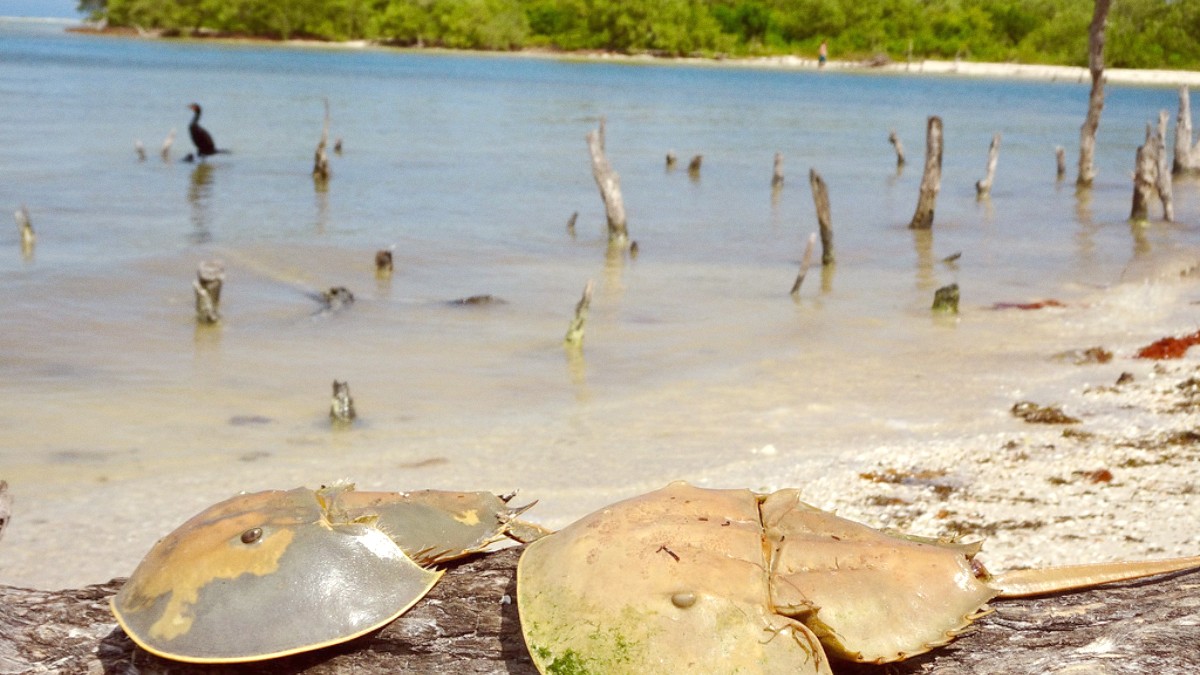
Yucatan Peninsula, Mexico
Isla Holbox, pronounced "Hole-bosh," has grown from a quiet fishing village into a sought-after destination for those aiming to escape the crowds of more developed tourist hubs. It a mix of natural wonders, a laid-back atmosphere, and opportunities for unique wildlife encounters. Whether you dream of swimming with whale sharks, viewing flamingos in their natural habitat, or simply unwinding in a hammock over turquoise waters, Holbox provides the setting for a truly distinct travel adventure.
Isla Holbox is a slender, 26-mile-long island located on the northeastern tip of Mexico’s Yucatán Peninsula. It forms part of the Yum Balam Flora and Fauna Protection Area, a federal nature reserve. The island is separated from the mainland by the Yalahau Lagoon, a shallow body of water rich in diverse marine life. This lagoon also a natural barrier, contributing to Holbox’s isolated and unspoiled character.
The island’s landscape an unique blend of ecosystems. Its northern shore boasts miles of white-sand beaches, washed by the calm, shallow waters of the Caribbean Sea. Inland, the island is characterized by extensive mangrove forests and lagoons, which serve as useful nurseries and habitats for numerous bird species, including flamingos, pelicans, and herons. These natural features contribute to Holbox’s appeal as a birdwatching paradise and a destination for eco-conscious travelers. Isla Holbox maintains a car-free policy, a defining element of its identity. The roads are unpaved, consisting of packed sand, which means the main modes of transport are walking, bicycles, and golf carts. This policy significantly minimizes noise and pollution, supporting the island's serene ambiance and welcoming atmosphere. The village itself is compact, making it easy to navigate on foot or by bike, presenting a pleasant experience for visitors.
Isla Holbox is a history rooted in its natural resources and isolation. Originally inhabited by Mayan communities, the island's name itself derives from a Mayan word meaning "black hole" or "waterhole," likely referring to the Yalahau cenote, a freshwater spring located across the lagoon on the mainland. For centuries, the island remained a quiet fishing village, its residents relying on the rich marine life of the surrounding waters.
The island’s relative isolation protected it from the large-scale development seen in other parts of the Yucatán Peninsula. Its history is not marked by grand colonial structures or ancient ruins directly on the island, but by the enduring traditions of its fishing community. This heritage is evident in the island’s architecture, the prevalence of seafood in its cuisine, and the laid-back, community-focused lifestyle that continues to this day.
In more recent decades, Holbox began to gain recognition among intrepid travelers seeking untouched beauty.
Its designation as part of the Yum Balam Nature Reserve in 1994 further solidified its status as a destination focused on eco-tourism and conservation.
This historical progression from a traditional fishing village to a protected natural haven shapes the island's unique identity, presenting a peaceful sanctuary for both residents and visitors.
The island’s past as a quiet, self-sufficient community brings a sense of authenticity that many travelers find appealing.
Its continued dedication to local traditions preserves the island's unique atmosphere.
Isla Holbox a distinctive blend of relaxation, adventure, and natural beauty. Here’s a quick look at what defines this special destination:
Holbox is located off the northern coast of the Yucatán Peninsula, separated from the mainland by Yalahau Lagoon. Access is only by passenger ferry from Chiquilá, after a land transfer from Cancun International Airport (CUN). Transportation on the car-free island is by foot, bicycle, or golf cart taxi. The island vibe is laid-back, bohemian, eco-friendly, and tranquil. It feels like a small, welcoming community.
Beaches offer extensive stretches of white sand with calm, shallow turquoise waters. Wildlife includes flamingos (seasonal), pelicans, diverse birdlife, and the famous whale sharks (seasonal). Bioluminescent plankton illuminate the nights. Activities whale shark swimming, kayaking through mangroves, paddleboarding, birdwatching, kitesurfing, relaxing on beaches, exploring street art, and enjoying fresh seafood. Accommodation ranges from budget-friendly hostels to charming boutique hotels and luxury beachfront resorts, often with an eco-chic design. The island is part of the Yum Balam Nature Reserve, with a focus on sustainable tourism practices.
This snapshot highlights the core experiences that draw travelers to Isla Holbox. It a promise of escape from the ordinary, where nature’s wonders and a slow pace of life prevail. Prepare to disconnect and immerse yourself in the simple charm of this Mexican island.
Embrace the local pace. Holbox life moves slowly. Don't rush, enjoy the calm.
Support local businesses. Dining at family-run eateries and buying from local artisans directly benefits the community.
The island prioritizes environmental protection. Choose reef-safe sunscreen, minimize plastic use, and respect wildlife habitats.
The beaches here are for relaxing. Find a hammock, enjoy the calm waters, and watch the sunsets.
Don't miss the local seafood, especially lobster pizza and fresh ceviche. Explore small, local eateries for authentic flavors.
The island has a rich fishing heritage and Mayan roots. Engage with the community and discover its unique identity.